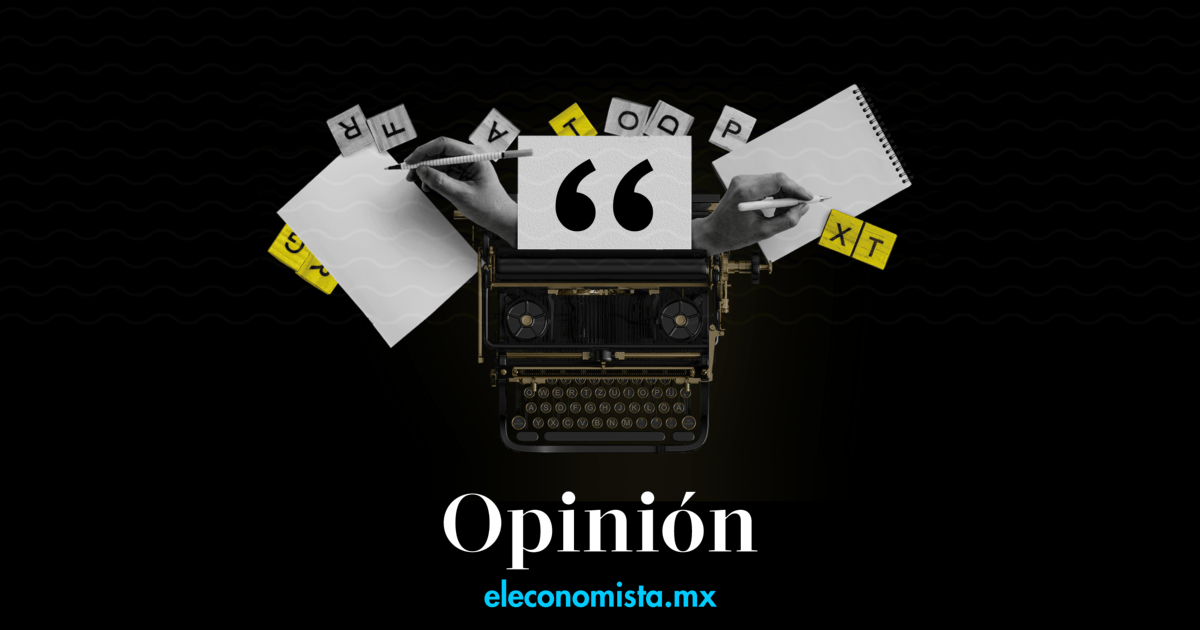Currently, it is becoming more and more common to hear about the importance of having an Environmental, Social and Corporate Governance (ESG) criteria management strategy as a key factor for the sustainability of companies.
However, little is known about the fact that said strategy —in addition to being based on the commitment of the highest level of the organization and having clear objectives, goals and indicators— considers essential factors that accompany the process of organizational change towards this trend. .
The aforementioned means that the great challenge within organizations in terms of sustainability and ESG is not only found in the complexity of developing a strategic framework, but also in getting decision makers and each of the key areas of the business ( mainly the owners of ESG indicators) know, assimilate and appropriate these criteria, their management and value generation.
According to a KPMG study called Sustainable Development in Mexico 2021, two-thirds of managers say that the ESG issue should be part of the business strategy; however, less than half consider that their company has a medium level of maturity on the subject, and only half have a function to manage these matters. Based on this, we find that there is widespread interest, but little development in the organizations.
In this sense, beyond implementing isolated actions, it is necessary to inspire, provoke and promote a transformation process in which ESG criteria are considered one more factor for both decision and risk, efficiency or benefit of business capital, and this way speed up their integration.
Challenges to implement ESG
Taking into account the above, it is relevant to identify some of the biggest challenges that we can find in an evolutionary process towards a business sustainability model, such as:
- The lack of clarity and understanding on the part of decision makers regarding ESG issues and their scope.
- The less and less, but still current, belief that investment in ESG issues is separate from business objectives.
- The abundant information on methodologies, indicators and strategies that generate confusion about the concepts and definitions in terms of sustainability and ESG.
- The difficulty in considering a holistic perspective when defining a strategic plan focused on quick wins, which will not be enough to achieve depth for execution and the expected impacts.
Therefore, we can leverage ourselves through two pillars for the implementation of these criteria through understanding and ownership.
What are the key pillars for ESG implementation?
Understanding
There are many relevant theoretical frameworks that speak of the “should be”, where the “moreover” well-known advantages and benefits that exist in companies that have sustainable models are clearly manifested, the importance of a top down definition, and the there is an accountability body at the highest level such as an ESG Committee.
Such considerations help provide perspective, but thinking of them as a course of action for guaranteed success can lead us to be idealistic. Putting theory into practice is a complex action, so it is necessary to recognize that each company—regardless of its size, sector and income—has different levels of maturity, and these factors do not set the pattern for where they should be or where they should be. what your commitment to sustainability should be.
Materiality continues to be one of the starting points for identifying relevant issues for the company and its stakeholders. The ESG criteria contain the indicators and material issues that, from the beginning, have been considered within a sustainability strategy, but today it is adapted for different audiences, areas, circumstances and objectives.
For this and taking advantage of the current situation, it is necessary to identify the moment of the organization, with what they have in actions vs. resources, the main risks, impacts and areas of opportunity, to then establish the commitment, objectives and relevant issues of the many considered ESG, on which they will focus their efforts, always aligned with the central vision of the business. An example of this would be that, if we work in the extractive industry, a priority will be the care and conservation of natural resources.
Appropriation
This is more than just implementing new policies or defining new processes in our operations. How do we get to ownership? Building a culture from each person.
Achieving the permeation of a sustainable culture is possible through awareness, making the complex simple, grounding the lofty, and building collaborative environments in which it is possible to convey that ESG —in addition to helping them meet their objectives as areas— each time on a larger scale, it will be a natural part of each of the actions carried out in the companies.
We must aspire, as areas dedicated to the management of this matter, to ensure that sustainability becomes an inseparable and intrinsic part of the company’s operation and of each person at an individual level. In some sectors it will be faster and in others it will be slower, but that should be the central objective of our leadership.
At Grupo Coppel, for example, we are aware that the declaration of our commitment to sustainability is only a spearhead for achieving our future vision. Today we integrate into the strategic framework of the business, both in retail and financial services, a transversal axis where the priorities and initiatives of the most relevant efforts in ESG matters are contained, promoting that the teams generate and have data and metrics to make decisions, through the creation of a Committee, the highest accountability forum.
In addition, with the leadership of the team, we seek to enable, coordinate, promote, integrate and give visibility to current and future actions, allowing us to trace the path to which each of the members of the organization contribute, recognizing the great potential we have as an agent business.
Finally, the application of a model of this nature will be applicable in a different way in each company. But what must be guaranteed is that, regardless of what we call our ESG strategy, the results must seek the same goal: contribute to the creation of value and sustainability of the business and our environment in the long term.
*The author is Director of Sustainability and ASG at Grupo Coppel.
hartford car insurance shop car insurance best car insurance quotes best online car insurance get auto insurance quotes auto insurance quotes most affordable car insurance car insurance providers car insurance best deals best insurance quotes get car insurance online best comprehensive car insurance best cheap auto insurance auto policy switching car insurance car insurance quotes auto insurance best affordable car insurance online auto insurance quotes az auto insurance commercial auto insurance instant car insurance buy car insurance online best auto insurance companies best car insurance policy best auto insurance vehicle insurance quotes aaa insurance quote auto and home insurance quotes car insurance search best and cheapest car insurance best price car insurance best vehicle insurance aaa car insurance quote find cheap car insurance new car insurance quote auto insurance companies get car insurance quotes best cheap car insurance car insurance policy online new car insurance policy get car insurance car insurance company best cheap insurance car insurance online quote car insurance finder comprehensive insurance quote car insurance quotes near me get insurance







